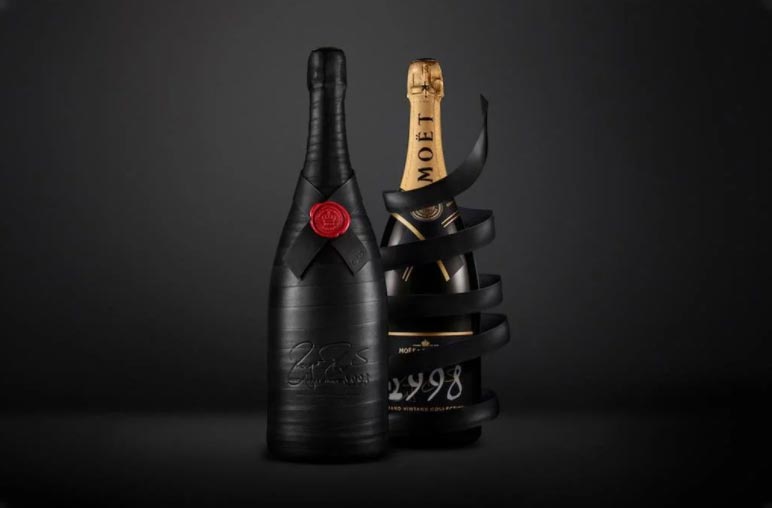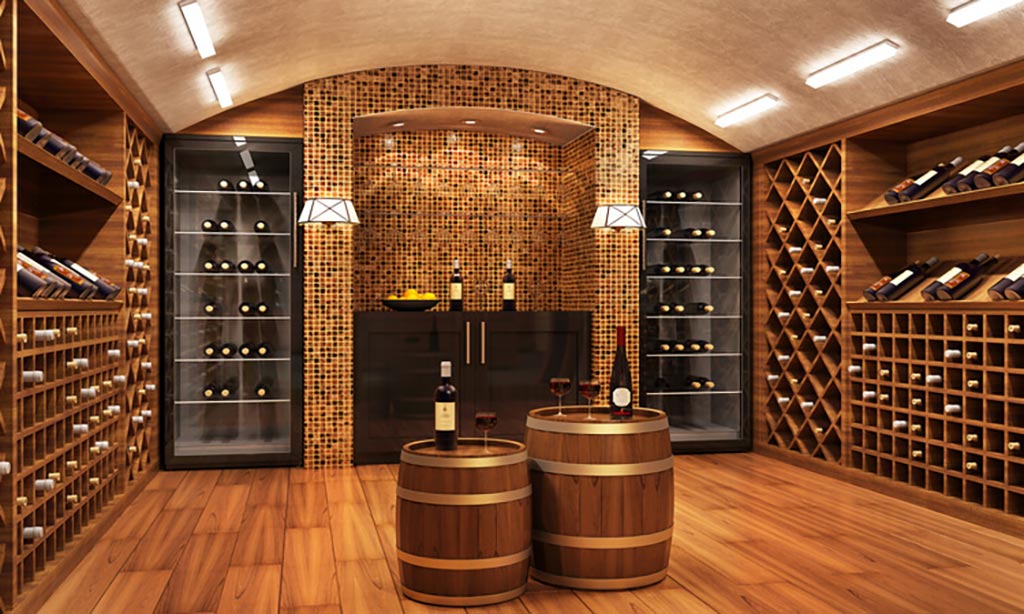 Most wines on the market are best enjoyed within a few years of being sold. Make sure that first sip is worth it by nailing the first rule in the book: master the ideal wine storage temperature. Fortunately, we’ve done our best and put together a comprehensive guide to storing your precious possessions at the ideal wine storage temperature. Whether you’re looking for red wine storage temperatures, white wine storage temperatures, or general rules and tricks of the trade, we’ve got you covered.
Most wines on the market are best enjoyed within a few years of being sold. Make sure that first sip is worth it by nailing the first rule in the book: master the ideal wine storage temperature. Fortunately, we’ve done our best and put together a comprehensive guide to storing your precious possessions at the ideal wine storage temperature. Whether you’re looking for red wine storage temperatures, white wine storage temperatures, or general rules and tricks of the trade, we’ve got you covered.
Red wine storage temperature
When it comes to wine storage, heat is your worst enemy. In fact, the ideal red wine storage temperature ranges from 45°F to 65°F. If your goal is perfection, 55°F is often referred to as the storage temperature for a golden red wine. However, this will largely depend on the type of red wine you are storing. You want to make sure your red wine storage temperature remains constant throughout the year. Avoid storing wine in warm places like an uninsulated shed or garage, next to a fireplace or on top of a cabinet where it can be exposed to hot, rising air. Why? Simple. Exposure to excessive heat can break the seal of the bottle, especially if it is under cork.
The expansion of the hot air pushes the cork outward, causing the wine to oxidize – and oxygen is the enemy of fresh wine. Whether the wine is under the cork or under the screw cap, hot temperatures for long enough periods of time also “cook” the wine in the bottle, permanently oxidizing its flavor. Keep it cool – not too cold, smart – but more importantly, keep it consistent! The best way to prevent a wine from aging prematurely is to stay below 70°F. Any warmer and your wine will “cook”, softening the aromas and flavors you know and love.
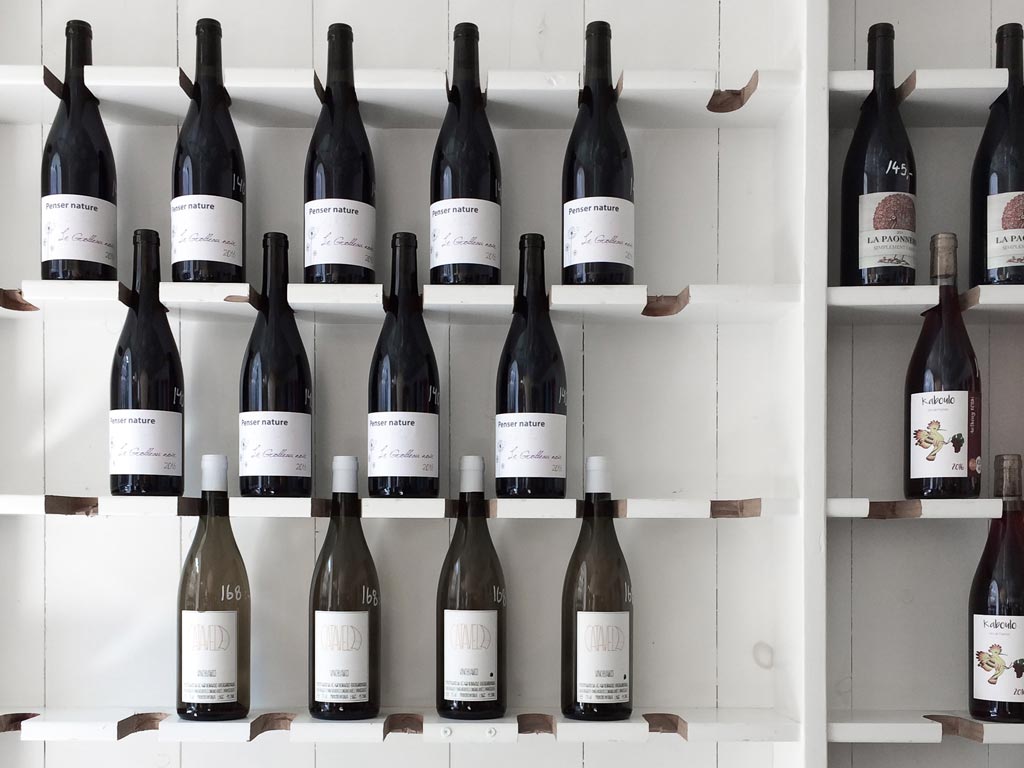
White wine storage temperature
What about the ideal storage temperature for white wine? Storage and serving temperatures are not always the same. So while red and white wines are served at different temperatures, 55°F is the ideal wine storage temperature in both cases. Wine storage temperature is not an exact science. So whether you are storing red or white wine, don’t sweat too much if you are a few degrees above or below 55°F. Consistency, however, is more important than you might think. We’ll get to that in a second.
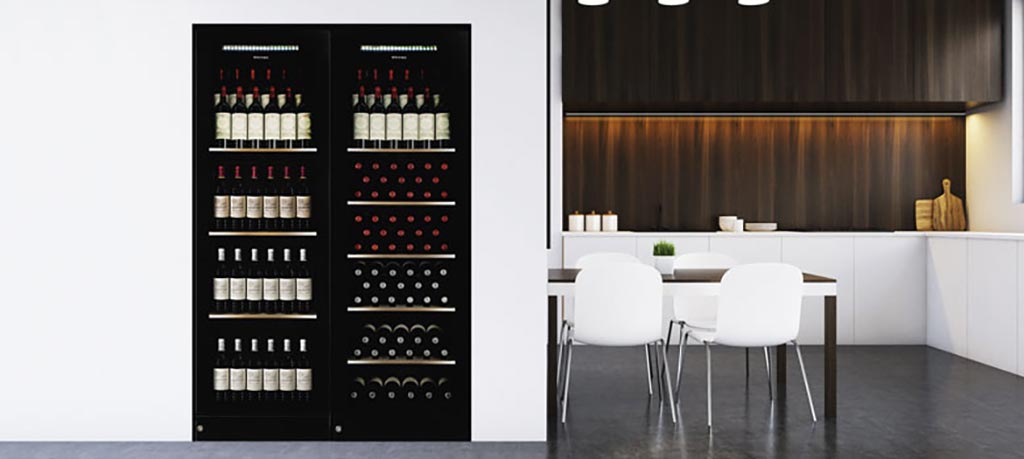
Wine Fridge vs Fridge
Are you thinking about keeping your wines in the refrigerator? Why can’t I then put my wine in the fridge? Your refrigerator is designed to hold perishable foods. It does this by maintaining an average temperature of 45°F or lower. Even though wine is definitely perishable, do you really want to treat your bottle of fancy cabernet like a carton of milk? So is it true that a wine fridge is just a fridge, but more expensive and with a glass door? I am afraid the answer is no!
In fact, there are several differences between a wine fridge and a regular fridge, and they are not easy to dismiss.
First of all, a conventional refrigerator cools the contents too quickly and keeps them too cold, putting you at risk of ice formation inside the wine bottle and slowing down the aging process. If the refrigerator is also used to store other food, opening and closing the refrigerator door means that the temperature is also constantly fluctuating, significantly disrupting the aging process. If you plan to drink your white wine quickly after opening it, a short stay in the refrigerator is sufficient. But for long-term wine storage, you will avoid the refrigerator if possible.
Thinking of leaving your wines in the garage? Beware of the climate in which you live. Excessive humidity can affect the ideal temperature of the wine, spoiling it, while cold weather will harm the wine and can even push the cork out.
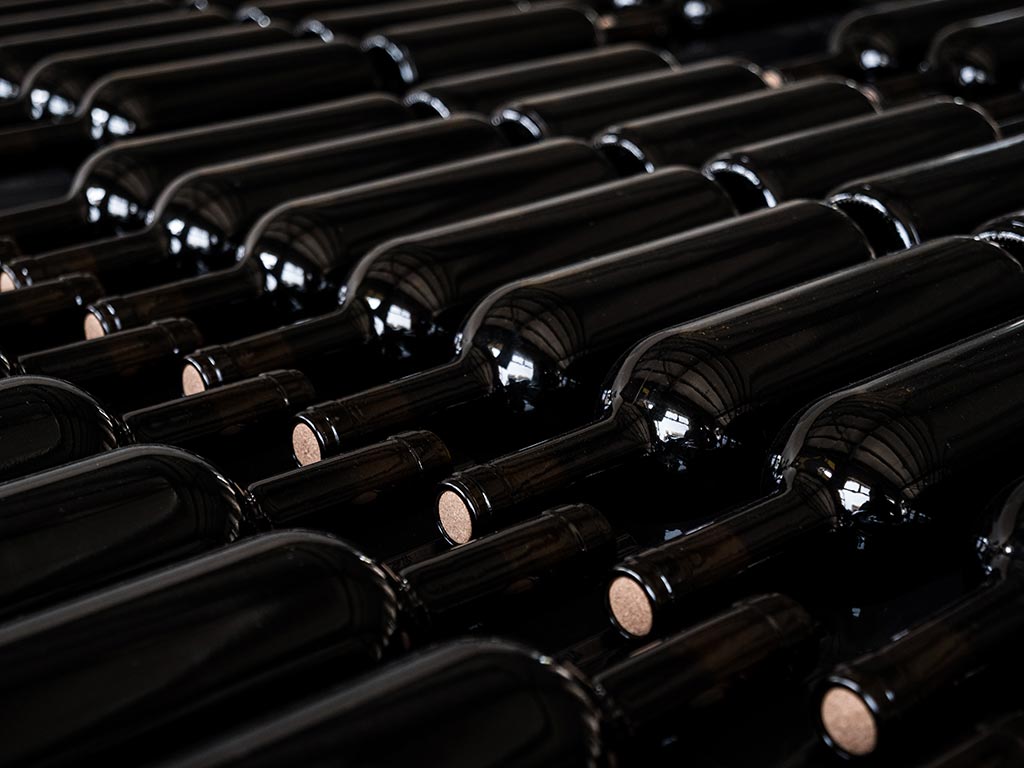
Keep your wine temperature stable
When it comes to the ideal wine storage temperature, don’t worry about reaching 55°F and maintain a consistent temperature. Why is consistency important? Rapid or extreme fluctuations in temperature can cause your wines to expand and contract. This can push the corks out or cause them to dry out or crack, causing your wine to drip and reduce the flavor of your wine by letting air into the bottle.
Although most wines today are under a screw cap, it is still worth understanding the ideal storage conditions for wines sealed with a cork. If conditions are too dry, the cork can shrink and the wine can become oxidized. White wines are much more susceptible to oxidation than red wines because the tannins in red wine act as a buffer.
Keeping the relative humidity between 50% and 60% is the safest option – below this level, your cork is in danger of drying out. Anything above 70% will not harm your cork or your wine, but anything significantly higher can lead to mold or mildew in your storage space over time. While it won’t affect a properly sealed bottle, it can lead to degradation and damage to the label.
Don’t shake your wine!
Many experts believe that exposing wine to vibrations affects naturally occurring chemical reactions over time, causing premature – and unwanted – changes in its character development. It can also cause sediment in older wines to stir, preventing them from settling naturally and possibly introducing unwanted grit into what would otherwise be a fine wine.While you have nothing to worry about with short-term vibrations, if you want to keep wine for several years, it can have a huge impact on quality, flavor, aroma, and texture. For best results, avoid storing your wines near appliances such as a washing machine, clothes dryer, dishwasher, refrigerator, and any other sources of vibration and heat.
Like what you are reading? Try these related stories...
Start collecting your wines with confidence
Under most normal conditions, your wine will be perfect for several months, and the above guide should be enough to allow you to store your wines with more confidence that they will have the best chance to develop in the way they are intended.
However, if you have looked around and are stuck on where you can store them, consider asking a trusted friend or family member if they can store them for you. Also, if you are serious about long-term wine storage, there are some great wine cabinets designed to do just that, as well as a number of professional purpose-built wine storage options. Building your wine collection should be fun and enjoyable, so our best advice is to start where you can and improve your wine storage situation as and when you can. Your future wine lover will thank you for it!


